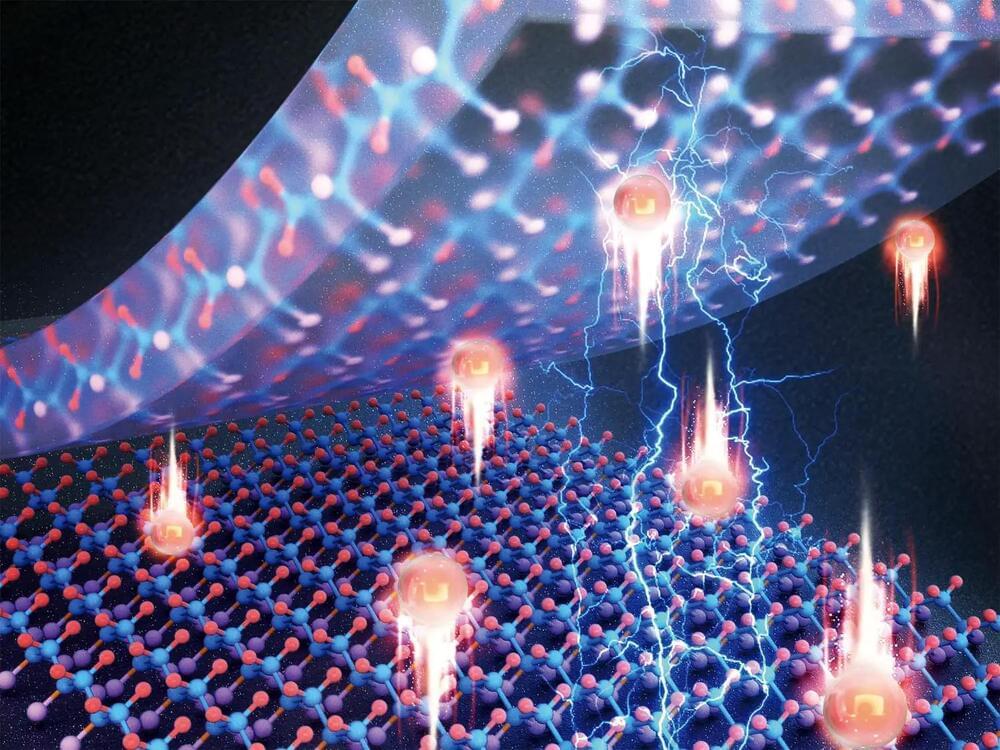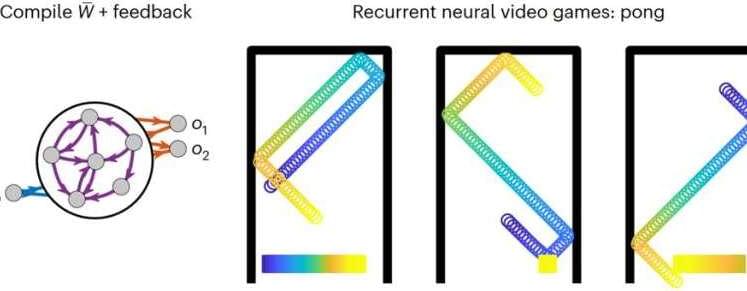Interesting discovery! I’d love to see it in action.
A new ferroelectric polymer that efficiently converts electrical energy into mechanical strain has been developed by Penn State researchers. This material, showing potential for use in medical devices and robotics, overcomes traditional piezoelectric limitations. Researchers improved performance by creating a polymer nanocomposite, significantly reducing the necessary driving field strength, expanding potential applications.
A new type of ferroelectric polymer that is exceptionally good at converting electrical energy into mechanical strain holds promise as a high-performance motion controller or “actuator” with great potential for applications in medical devices, advanced robotics, and precision positioning systems, according to a team of international researchers led by Penn State.
Mechanical strain, how a material changes shape when force is applied, is an important property for an actuator, which is any material that will change or deform when an external force such as electrical energy is applied. Traditionally, these actuator materials were rigid, but soft actuators such as ferrroelectric polymers display higher flexibility and environmental adaptability.








